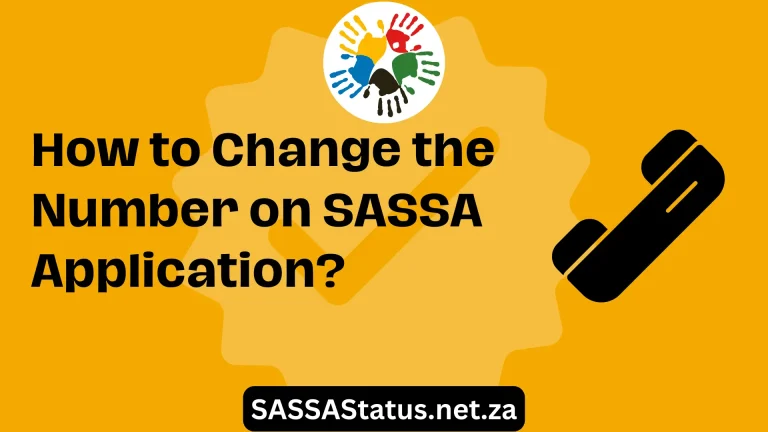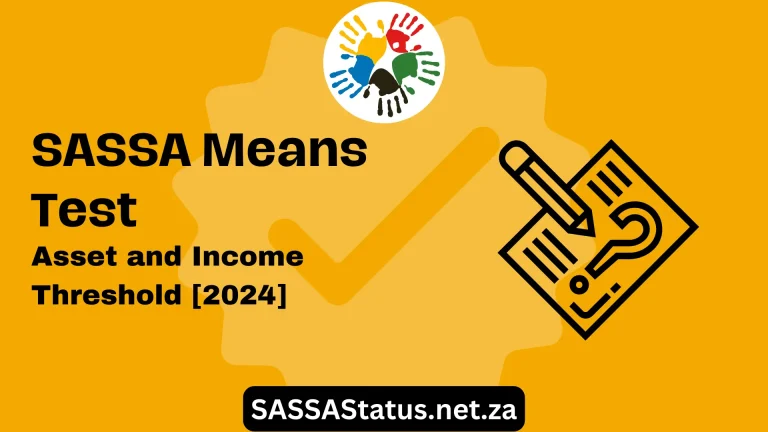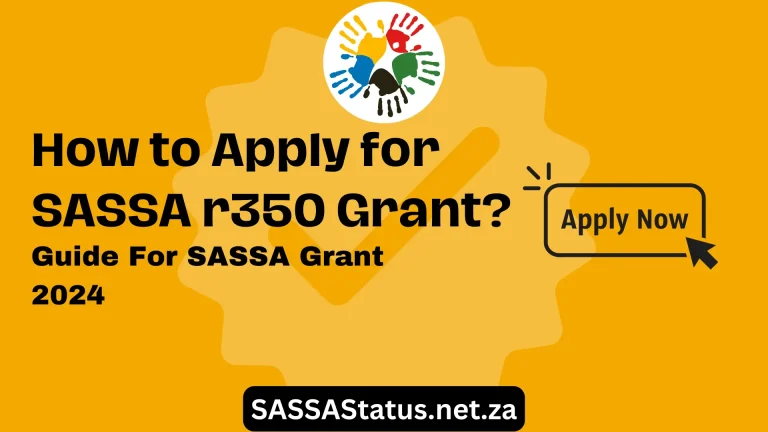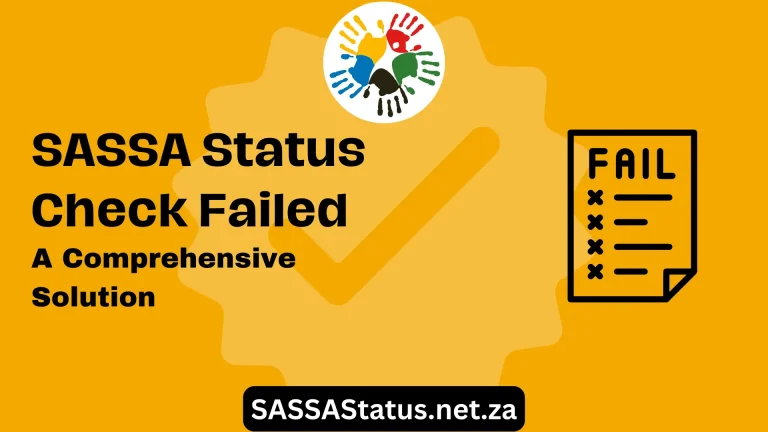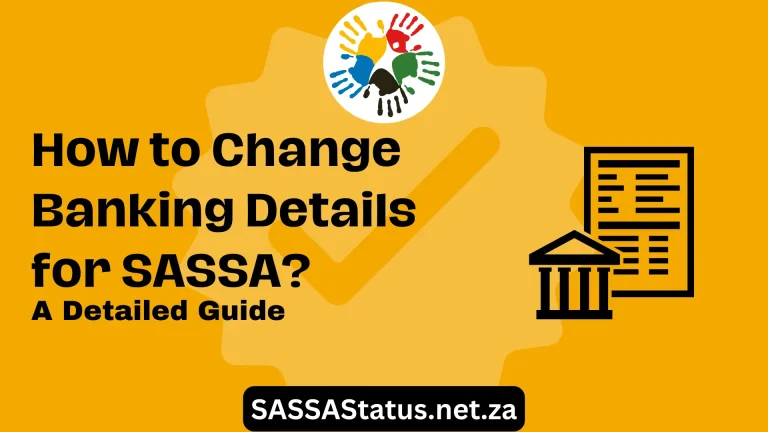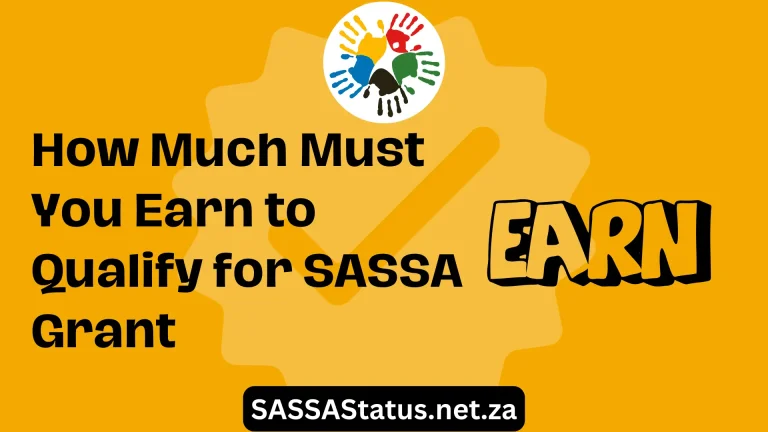How Much Increase For SASSA Grant?
In a positive development, the South African government, through Finance Minister Enoch Godongwana, has announced an upcoming increase in SASSA Grants for the 2024 fiscal year. This increase is intended to provide much-needed relief to the nation’s most vulnerable groups struggling with rising living costs. These grants will receive an R100 increase.
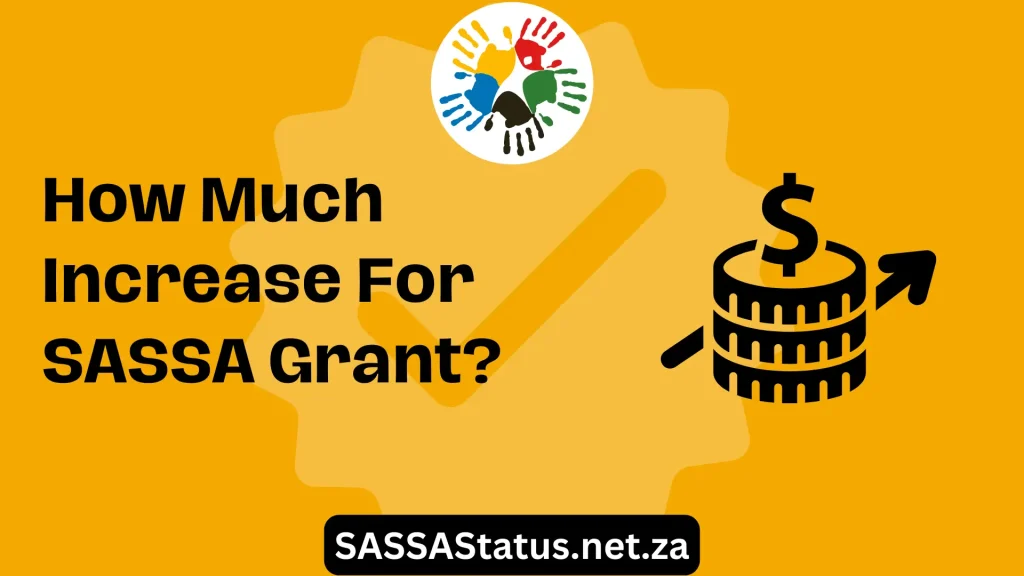
The announcement was made during Minister Godongwana’s Budget Speech in Cape Town, marking a significant effort to ease financial burdens for millions nationwide. Here’s all you need to know about the raise.
Detailed Overview of How Much Increase For SASSA Grants
Old Age, War Veterans, Disability, and Care Dependency SASSA Grants. These grants will receive an R100 increase, split into two phases: R90 starting in April and an additional R10 from October.
A R50 increase will be added to the current R1130 per child for those under foster care, providing significant additional support to foster families. The child support grant will be raised by R20, bringing the total amount to R530 per child to improve care for the nation’s children.
Budget 2024 Review and Expenditure
The National Treasury’s Budget 2024 review outlines a comprehensive plan to bolster South African communities through increased social grant allocations. The budget proposes a substantial rise in social grant spending, from R217.1 billion in 2023/24 to R259.3 billion by the 2026/27 fiscal year, indicating a strong commitment to social welfare.
In addition, the budget anticipates an expansion in the number of grant beneficiaries, excluding those receiving the COVID-19 Social Relief of Distress (SRD) Grant, from 18.8 million in 2023/24 to 19.7 million by 2026/27. This projected increase demonstrates the government’s proactive approach to meeting the needs of a growing population needing assistance.
Implications of the SASSA Grants Increase To Beneficiaries
The anticipated rise in SASSA grants beneficiaries underscores several important implications:
1. Demographic Shifts
This increase reflects demographic changes. It also highlights the need for broader social grant coverage to prevent vulnerable individuals from slipping through the cracks.
2. Economic Stability
The government aims to expand support to nearly one million additional citizens over three years. This is intended to create a more stable economic environment for individuals and families dealing with financial difficulties.
3. Social Inclusion
Expanding the beneficiary base is a vital move toward inclusive growth. It ensures that economic recovery efforts benefit all segments of society, particularly those on the fringes.
This increase in social grant spending shows that the government knows how important it is to help people in need. They understand that giving social grants isn’t just about fairness; it’s also crucial for the economy and keeping society strong and united.
Also, this increase fits with the government’s plans to make the economy stronger, to protect people better, and share resources more fairly. It’s a solid plan to help the most vulnerable people, especially during uncertain times like high unemployment or rising prices.
What is the Economic Impact?
The choice to raise social grants in South Africa extends beyond offering a safety net to the country’s most disadvantaged; it represents a strategic move to stimulate the economy fundamentally.
By directing extra funds to the millions reliant on these grants for daily survival, the government effectively plants the seeds for local economies to flourish. This injection of capital addresses immediate needs and sets off a ripple effect of economic transactions that positively impact society.
Stimulating Consumer Spending
Higher social grants result in an uptick in consumer spending. With more financial resources, beneficiaries tend to spend more on goods and services within their communities.
This spending injects revenue into local businesses, ranging from grocery stores to service providers, thereby bolstering the local economy. The multiplier effect of this increased spending can substantially enhance demand, creating a cycle of economic growth that benefits multiple sectors.
Promoting Employment Opportunities
Increased consumer spending leads to a higher demand for goods and services, prompting businesses to expand operations and potentially create new jobs. As businesses grow to meet this increased demand, they often need to hire more employees, stimulating economic activity.
Job creation is crucial in reducing unemployment, promoting economic inclusion, and raising living standards for many people.
Building Economic Resilience
Distributing social grants not only provides immediate assistance but also contributes to bolstering economic resilience. A reliable social safety net can instill consumer confidence, stimulating economic spending and investment.
Expanding Economic Engagement
Increasing social grants strategically also promotes a more inclusive economy. This approach provides financial assistance to individuals at the lower end of the economic spectrum, ensuring that economic progress benefits all segments of society. This inclusivity is vital for sustainable development, ensuring widespread growth, and benefits the entire population, not just a privileged few.
Conclusion
The South African government has raised SASSA grants status for the 2024 fiscal year. This helps the country’s most vulnerable people, like the elderly, war veterans, disabled individuals, and children in foster care. The goal is to ease financial struggles and improve their lives.
This increase doesn’t just help people directly but also has wider economic effects. It boosts spending, creates jobs, strengthens the economy, and supports more business activity, which benefits everyone.
